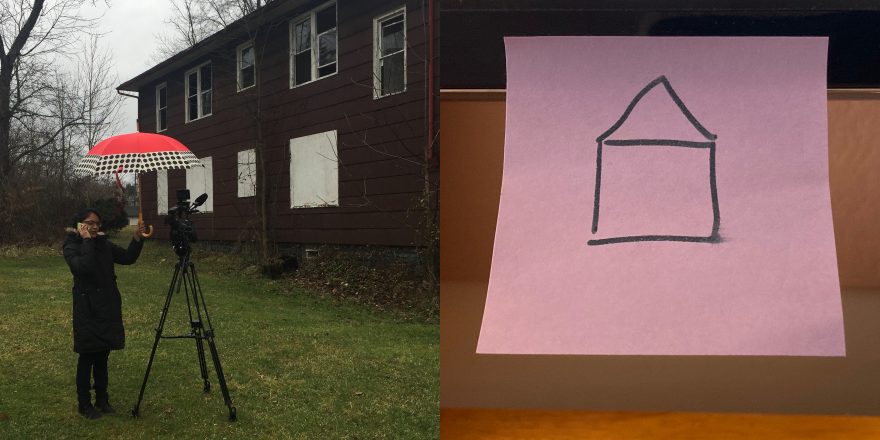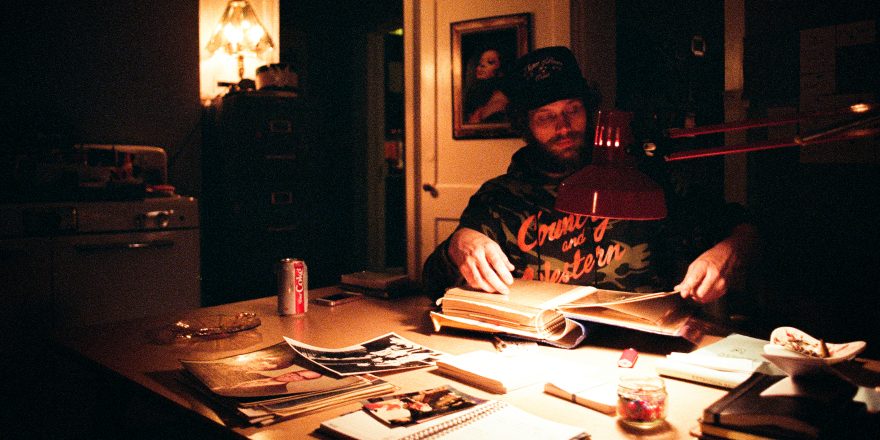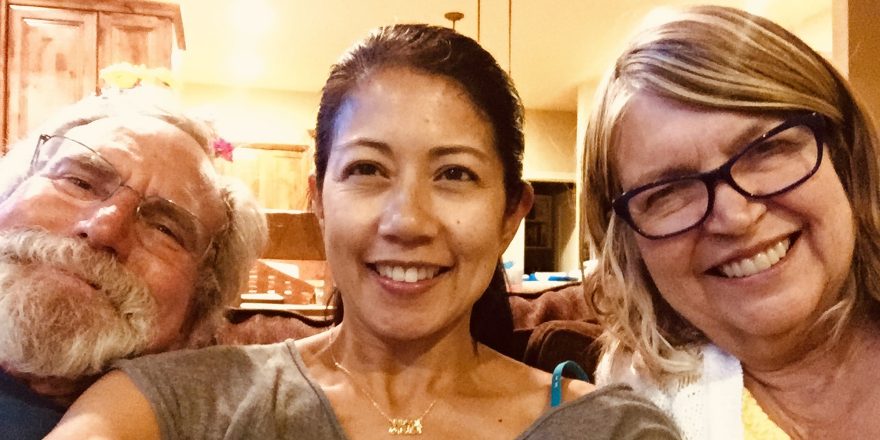I had been sitting for months in a mountain of footage, cutting and re-cutting scenes, trying to find my way. What was my film about? I was lost and overwhelmed. Enter Penelope Falk, award-winning documentary editor extraordinaire. She came over to my house, and we spent hours and hours sifting through all the footage I had shot up to that point. We organized, discussed, argued, whittled away extraneous storylines, and began the work of giving the film some edges and outlines. But we still had to find the heart.
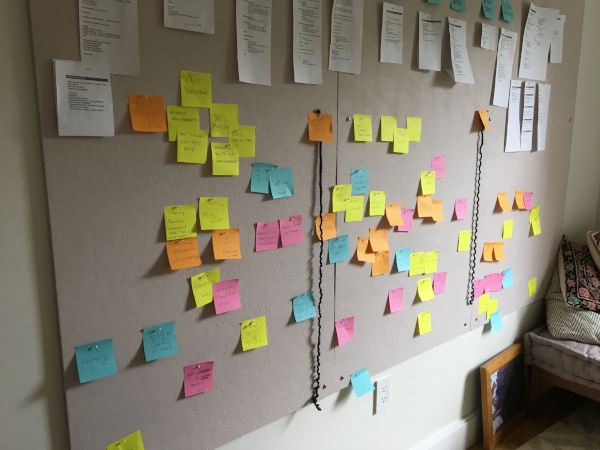
Penny explained that when she begins to edit a film, she finds one word that encapsulates what the film is about, a single word that becomes a guiding light to bring her back to the center whenever she wanders off. When she edited Joan Rivers: A Piece of Work, that word was “relevance.” (The film won the Sundance Documentary Editing Award; here’s a link to see her talking about it.) And then she asked me, “What do you think your film is about?” “Home,” I replied. So I drew a little house on a Post-It note, and for the next three years, I had that stickie attached to the bottom of my computer screen, my North Star. This might be common knowledge for other filmmakers out there, but this being my first documentary feature, I came to realize that as the themes in my film began to emerge and take shape over time, those same themes started finding their way into my own life.
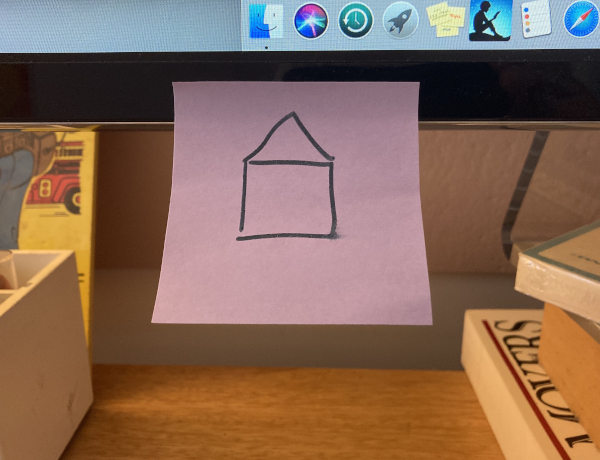
My film The Place That Makes Us is set in the post-industrial town of Youngstown, Ohio. It came out of a news story I reported back in 2016 about the revitalization efforts going on there. After the steel industry collapsed in the 1970s, residents fled the city in droves and the infrastructure fell into ruin. The town became defined by unemployment, poverty and violence. But what surprised me on that first reporting trip was that much of the work to rebuild the community was being done by young people who could have left, like so many have in the past, but had decided to stay. They were college educated and could easily have found better opportunities elsewhere. And that was different from the typical “brain drain” trend I was expecting to see there. They came from families that went back generations in the region and had a deep connection and loyalty to their beloved city. I wanted to know what that connection to home looked and felt like, because it was something I myself didn’t know.
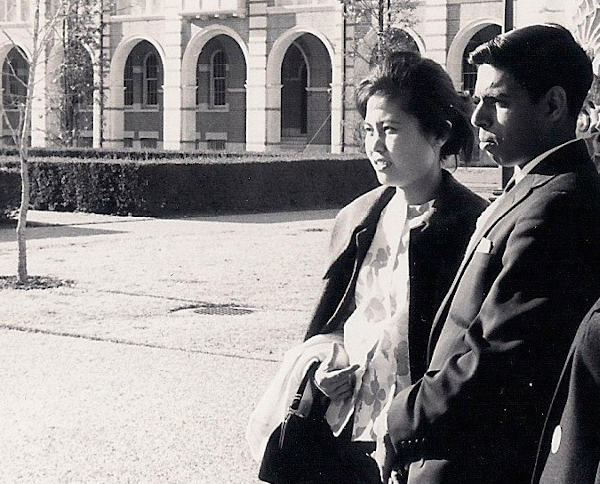
Growing up, I always knew that I would leave home. Perhaps it’s in my DNA. My father ran away from his home in India as a young boy, to escape severe poverty in his village. He lived on the streets, working in restaurants serving tea, sleeping in boxes at night, hiding on trains, traveling all over India to find the next better job. By sheer luck, he befriended an American couple at a hotel he was working at, and they eventually brought him to the United States as a foster child.
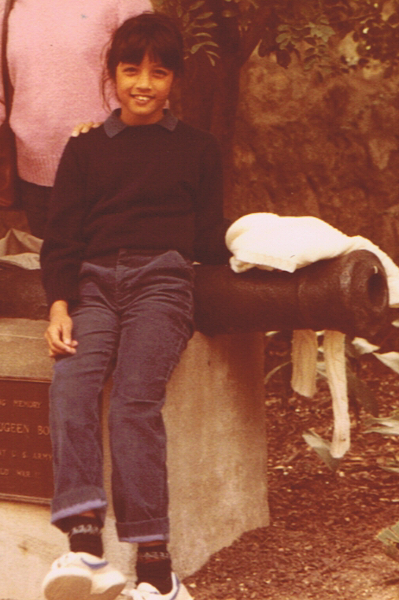
My mother also left her home, in the Philippines. The first time was during World War II. Her home was taken over by soldiers and eventually burned down. Her family escaped and lived in the forests, built a new home, grew crops, and lived on whatever they could until it was safe to return to town. But after the war, with few prospects at home, my mom decided to come to work as a nurse in the United States, where she met my father at a party for international students. After they married, they moved three more times, eventually settling in Houston, Texas, where I spent most of my childhood.
I too left my home in Texas. In my family, when the going gets tough, you move on to survive, to find something better. If we had lived in Youngstown, we would have been one of the thousands of families that left. And so as I was making this film about fighting to save one’s home, I kept bumping into the question: What does home mean to me?
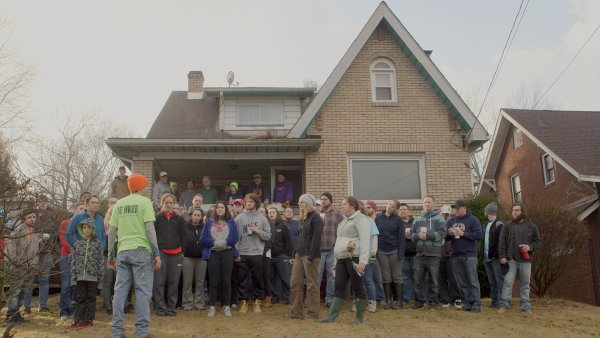
This brings me to another bit of advice I got while I was making my film, at the very end of the process. For the longest time, the film was simply called Youngstown, and then Youngstown USA. As I was getting ready to submit to film festivals, I asked one of my filmmaker friends for advice on distribution. But after he watched it, he told me the title didn’t fit the heart of what I had made. It sets you up to see a different film. He suggested that I take a step back, watch the film again, and really think about the film on an emotional and universal level and see what came to mind.
One scene immediately stood out to me. Martha and Bill are the parents of Ian, one of the film’s main characters who has chosen to stay and help revitalize Youngstown. They are sitting at a dining table, talking about how much they regret staying in the city that brought them so much hardship. They watched their town crumble around them and are still haunted and traumatized by that experience. And now, they want Ian to leave while he still has a chance. You can feel the remorse and worry in their eyes. The film then cuts to Ian walking around a neighborhood with cracked sidewalks, overgrown grass and boarded up houses. In voiceover, you hear him say, “I don’t want to leave. This is the place that shaped me and made me who I am. This is my home.”
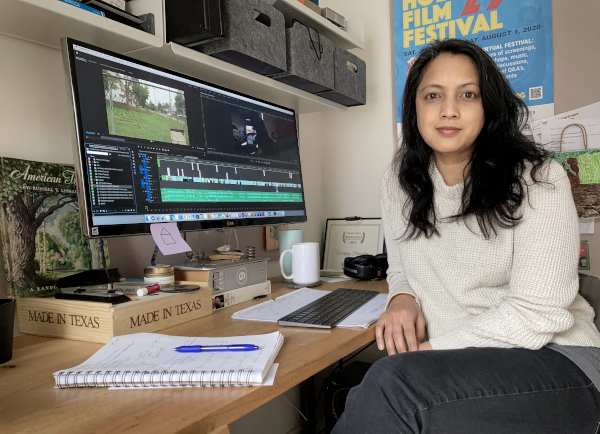
Reflecting back on that scene and the title that emerged from it, The Place That Makes Us, made me think differently about what home can mean. It’s not just where you are from, where you lived, it can also be all of the places that shaped you and made you, that brought you to where you are now. And we can fight for those places in different ways, not just by rebuilding their physical spaces, but by surviving and telling the stories of what they once were. And so I came to realize that my home is a box on a street in India, the forests of the Philippines, a suburban house nestled in a cul-de-sac in Texas … Those are the places that made me, my home.


